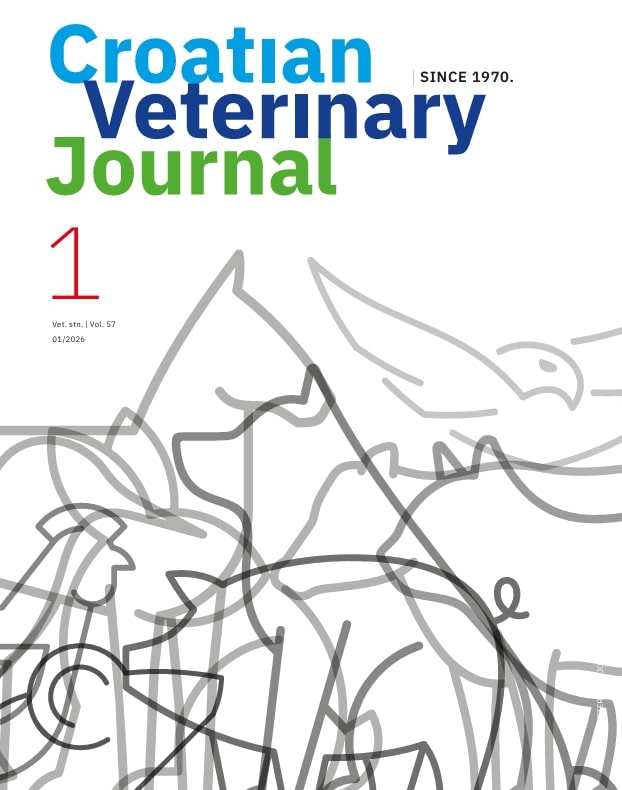Selective Dry Cow Therapy: economic, environmental, and regulatory perspectives
DOI:
https://doi.org/10.46419/cvj.57.1.1Keywords:
Selective dry cow therapy, antimicrobial resistance, dairy herd management, antibiotic stewardship, precision dairy farmingAbstract
Mastitis remains one of the most economically important diseases in dairy farming. The aim of this review was to discuss the main ideas, practical benefits, economic impacts, rules and regulations, and environmental aspects of selective dry cow therapy (SDCT) as a means for managing udder health and antibiotic use. Interest is increasing in antimicrobial resistance, environmental pollution, and stronger regulations on antibiotic use in food production, so SDCT has become even more relevant in modern dairy herd management. This method involves selectively treating only cows or quarters at a high risk of intramammary infections at dry-off, mainly based on somatic cell count, clinical history of mastitis, or bacterial culture results. Evidence shows that when used correctly, SDCT can significantly reduce antibiotic use without compromising udder health, particularly if used with internal teat sealants. Economic analyses have indicated that SDCT can cut antibiotic-related costs by up to 50% while keeping mastitis under control, if protocols are followed properly. Global policies, such as the European Green Deal and One Health initiatives, encourage targeted antibiotic use to improve both animal health and environmental conservation in dairy farming. However, challenges still remain in implementation, including the risk of under-treatment, the need for accurate diagnostic tools, and ensuring farmer compliance with selection protocols. Advanced developments in precision dairy farming, such as automated testing and AI-assisted decision-making, have improved the feasibility and success of SDCT in different herd management systems.
Downloads
Published
Issue
Section
License
Copyright (c) 2025 Croatian Veterinary Journal

This work is licensed under a Creative Commons Attribution 4.0 International License.
You are free to:
Share — copy and redistribute the material in any medium or format for any purpose, even commercially.
Adapt — remix, transform, and build upon the material for any purpose, even commercially.
The licensor cannot revoke these freedoms as long as you follow the license terms.
Under the following terms:
Attribution — You must give appropriate credit , provide a link to the license, and indicate if changes were made . You may do so in any reasonable manner, but not in any way that suggests the licensor endorses you or your use.
No additional restrictions — You may not apply legal terms or technological measures that legally restrict others from doing anything the license permits.

